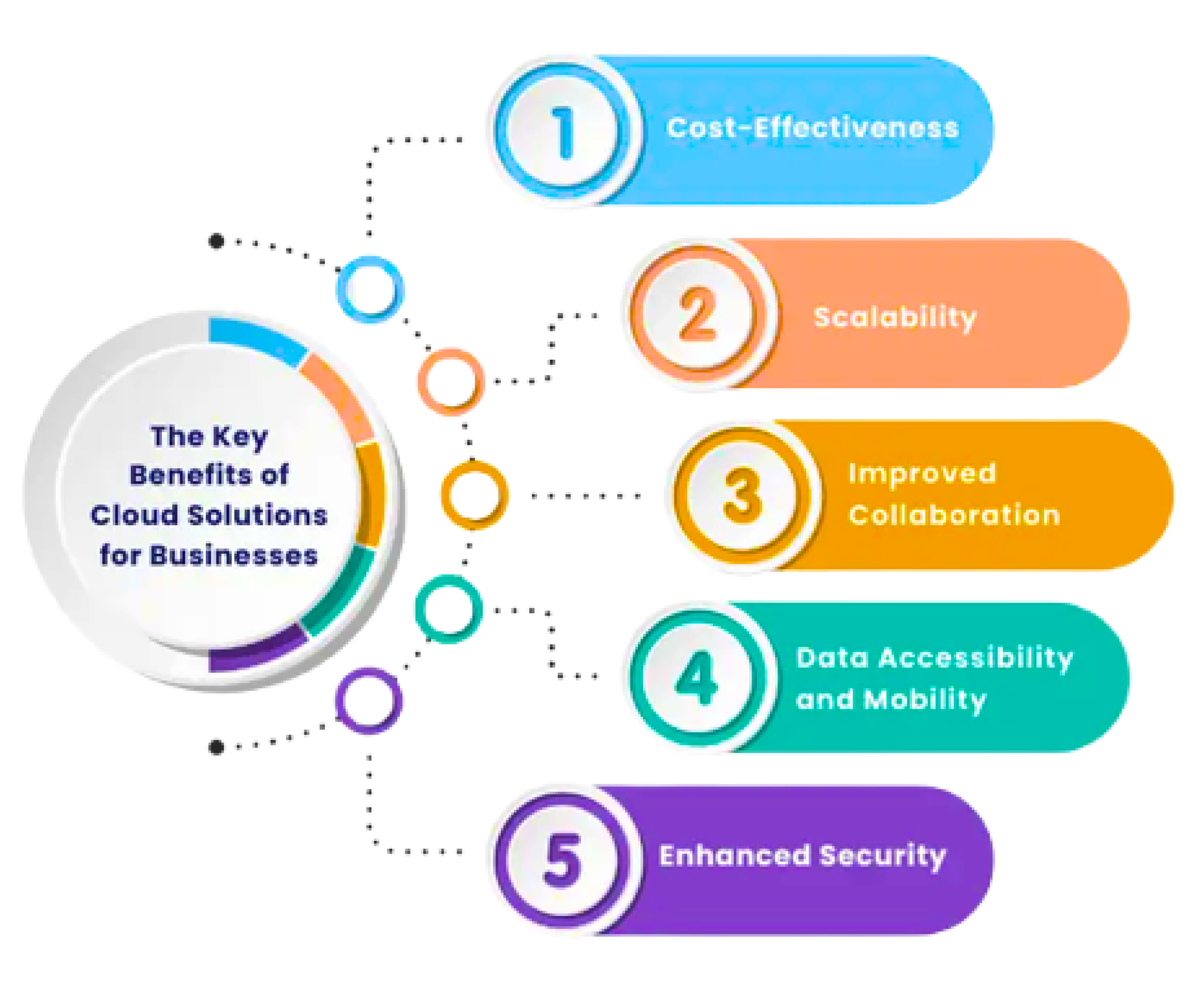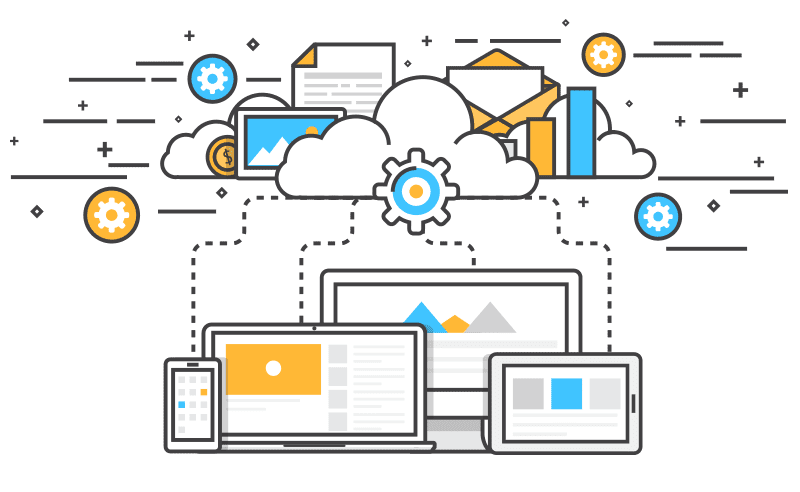Introduction
The COVID-19 pandemic forced businesses to rapidly adapt to digital solutions in order to maintain continuity. Among the most critical tools for this transition were cloud-based software platforms, with Odoo emerging as a leading solution to streamline operations across various business functions. As we move beyond the pandemic, Odoo’s cloud platform continues to play a pivotal role in reshaping how businesses operate, offering solutions that enhance efficiency, foster growth, and drive long-term success.
At i8CLOUD, we understand the challenges businesses face in today’s evolving landscape. That’s why we specialize in helping businesses fully harness the power of Odoo. In this article, we explore how Odoo is transforming business operations in the post-pandemic world and how i8CLOUD is guiding companies in optimizing their use of this powerful platform to achieve sustainable growth.
- Pandemic-driven acceleration: Odoo emerged as a crucial tool during the pandemic and continues to drive business success.
- Long-term investment: Odoo’s cloud platform offers enduring value beyond the pandemic, enabling businesses to stay competitive.

How Odoo is Powering Post-Pandemic Transformation
When businesses were forced to embrace remote work, many struggled to maintain connectivity and operational efficiency. Odoo’s cloud-based platform became a game-changer, offering a fully integrated suite of business applications that enabled companies to manage everything from finance and HR to inventory and sales—all in one place. This unified approach not only helped businesses survive during the pandemic but positioned them for continued success as they embraced digital transformation.
- Remote work enablement: Odoo’s cloud-based system enabled seamless collaboration, regardless of location.
- Integrated solutions: Odoo connects all departments, ensuring that business operations are aligned and more efficient.
Driving Cost Efficiency with Odoo
One of the greatest advantages of adopting Odoo is its ability to drive significant cost savings. By consolidating multiple business operations—finance, HR, sales, and more—onto a single platform, businesses can reduce the need for multiple software systems, cutting down on licensing and administrative costs. Furthermore, the cloud-based nature of Odoo means businesses don’t have to invest in expensive hardware or IT infrastructure, leading to further savings.

- Consolidated operations: Odoo’s integrated platform reduces the need for disparate systems, lowering operational costs.
- Scalable pricing model: Odoo’s subscription-based model allows businesses to pay for only what they need, ensuring cost efficiency.
Enhancing Collaboration and Productivity with Odoo
In today’s hybrid work environment, collaboration and productivity are key to success. Odoo provides businesses with a unified platform where teams can work together in real time. Whether it’s sales teams accessing customer information, HR managing employee records, or finance overseeing financial transactions, Odoo ensures that all employees are working with up-to-date, synchronized data. This seamless integration drives better decision-making and enhances overall productivity.
- Real-time collaboration: With Odoo, teams collaborate efficiently from anywhere, improving responsiveness and decision-making.
- Boosted productivity: Odoo’s streamlined operations reduce manual tasks, allowing employees to focus on higher-value activities.
The Power of Automation in Odoo
Automation is a cornerstone of Odoo’s functionality. By automating routine tasks such as invoicing, inventory management, and order processing, businesses can reduce the burden of manual work and minimize errors. This automation not only accelerates operations but also frees up valuable time and resources for more strategic activities. In a post-pandemic world where agility and speed are paramount, Odoo’s automation capabilities provide a competitive edge.
- Streamlined operations: Odoo automates manual tasks, reducing human error and improving speed.
- Improved efficiency: By automating core processes, businesses can focus on growth and customer satisfaction.
Security and Compliance with Odoo
As businesses increasingly operate in the cloud, security and regulatory compliance are top priorities. Odoo offers enterprise-level security features, ensuring that sensitive business data is protected from cyber threats. Additionally, Odoo complies with international data protection standards, helping businesses maintain compliance with local and global regulations. For businesses handling sensitive information, Odoo provides the peace of mind needed to operate confidently in today’s digital landscape.
- Robust security: Odoo’s platform is built with advanced security features to protect sensitive data.
- Compliance assurance: Odoo helps businesses meet regulatory requirements with ease, ensuring they stay compliant.
i8CLOUD’s Role in Maximizing Odoo’s Potential
At i8CLOUD, we specialize in helping businesses leverage the full capabilities of Odoo. As an Odoo certified partner, we offer expert guidance and seamless implementation of the platform. Our team works closely with businesses to customize Odoo to meet their unique needs, ensuring a smooth transition and ongoing optimization.
- Customized solutions: We tailor Odoo to fit the specific needs and goals of each business, ensuring maximum value.
- End-to-end support: From initial implementation to continuous training and support, i8CLOUD is committed to ensuring businesses get the most from their Odoo investment.
- Ongoing optimization: We provide continuous monitoring and optimization services to help businesses adapt to changing needs and stay ahead of the curve.
Partnering with i8CLOUD allows businesses to unlock the full potential of Odoo, empowering them to streamline operations, enhance productivity, and position themselves for future success.
Conclusion
The post-pandemic business world requires companies to be more agile, efficient, and innovative. Odoo cloud solutions provide businesses with the tools they need to meet these demands, from streamlining operations to fostering collaboration and improving security. At i8CLOUD, we’re dedicated to helping businesses unlock the full potential of Odoo, guiding them through seamless implementation and providing ongoing support to ensure their success in the digital age.
- Maximized efficiency: Odoo integrates and automates business functions, reducing costs and boosting productivity.
- Future-ready: With i8CLOUD’s expertise, businesses can stay ahead of the curve with Odoo’s evolving capabilities.

